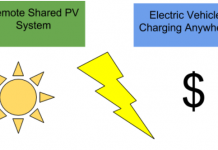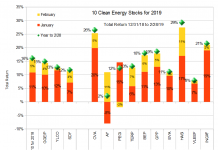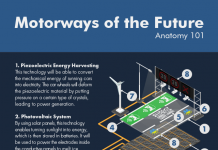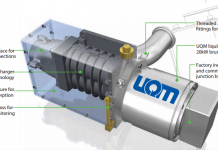Technology cannot save us
Technology will not save us from peak oil, but the invisible hand of economics will. It’s easy to get excited about all the amazing new vehicles the world’s car-makers are promising us. Even if we believe manufacturers’ hype, the Cadillac SRX your neighbor bought last week will be on the road for at least a couple decades, and all the fuel saved by your next plug-in hybrid will not make up for the amount it guzzles.
I, and many others, believe that the Western World will soon have to cope with much less oil than we are accustomed to, without the ability to increase the efficiency of our vehicle fleet significantly in the near term. Since the oil supply available will not be increased significantly at any price, the result will be demand destruction: people will drive less. Even alternative fuels are limited by available feedstocks, and can only moderate the crisis. Yes, Americans have shrugged off $3 gas and are still driving like it’s 1999, but when supply is constrained, the question becomes not: "Will $5 gas make people drive less?" but: "What price will gas have to reach to force people to drive less?"
I frankly don’t know what price it will take to reduce oil consumption significantly, but I do know that whatever that price is, that is how much it will cost when we are confronted with reduced supply. There’s little doubt in my mind that fuel prices will be high, and headed higher.
Mode Shifting will save us
When it comes to drastically reducing oil use, the only short-term option is mode shifting: Carpooling, Biking, Public Transport, and Walking. Westerners, and especially North Americans are typically very resistant to mode shifting because our cities are designed for cars. Public transit is slow and unpleasant, and walking or biking are seen as downright dangerous. Ironically, even before oil prices rise, mode shifting has gigantic societal benefits in terms of cost, health, and safety [.pdf], and can be encouraged with market based fixes such as congestion pricing, parking cash outs, and Pay as You Drive auto insurance.
But it will be painful
In some places, these fixes are happening, but in far too many they are not or are too slow. This is because of a classic chicken-and-egg problem: public transit mostly slow and uncomfortable because most people who vote drive cars, while most people drive cars because public transit is slow and inconvenient. There certainly are exceptions, and far sighted cities like my own Denver are engaged in rapid build-outs of public transportation. When the majority of voters are forced out of their cars by higher fuel prices, the public will demand a massive increase in such investments everywhere, but not until the realization slowly dawns that gasoline prices are high and rising, and public transportation and biking and walking is not just for the poor. It can also be a virtuous cycle: Where levels of biking and walking are higher, bicycle and pedestrian safety is greater.
The sooner we realize that we are not going to be able to cling to our cars forever, the sooner we can start readying our cities for the transition, and the less painful that transition will be. It also means that investors with the foresight to invest in mode-shifting industries today will be able to benefit from the trend sooner.
Sectors to Consider
It is possible to invest directly in some of the market fixing strategies that encourage public transit, but the companies involved tend to be small and private (or both.) I prefer established companies which already have profitable businesses that will simply become more profitable when people take up new modes of transport. The three sectors which have drawn my attention are manufactures of bicycles, light rail, and busses, and component makers for each.
I plan to write about specific companies which will benefit from mode-shifting in future articles here. Until then, you can follow the links above for some sector company listings.
DISCLAIMER: The information and trades provided here are for informational purposes only and are not a solicitation to buy or sell any of these securities. Investing involves substantial risk and you should evaluate your own risk levels before you make any investment. Past results are not an indication of future performance. Please take the time to read the full disclaimer here.









I think that mode-shifting will be a key to overcoming the difficulties posed by a declining oil supply. I’d like to propose two policy areas that could help to dramatically accelerate mode-shifting: zoning reform and cutting subsidies to driving.
Our current zoning requirements (in many cities/counties, at least) discourage higher density living–the most conducive to public transport, walking, etc. Consider the lack of R2 zoning in suburbia, the required set backs, the number of required parking spaces for retail developments, etc. All this makes our suburban landscape inherently difficult to walk, and limits the effectiveness of light rail, etc. Transit Oriented Development programs are a start, but should be accelerated.
Also, think about how much we subsidize car travel by removing the source of funding for our highway networks from payment at the point of use. With a few exceptions, highway and road construction, maintenance, policing, and suburban parking are all funded through some mechanism that is highly divorced from use. If we funded light rail the same way, it would be “free” to ride. A gas tax to fund all car-related expenditures is one way to address this, but I doubt we’ll get the public support for this until it is far too late.
Just a few ideas of ways to jump start mode-shifting…
Great suggestions Jeff… the sooner we act the less the pain will be when we no longer have the choice.